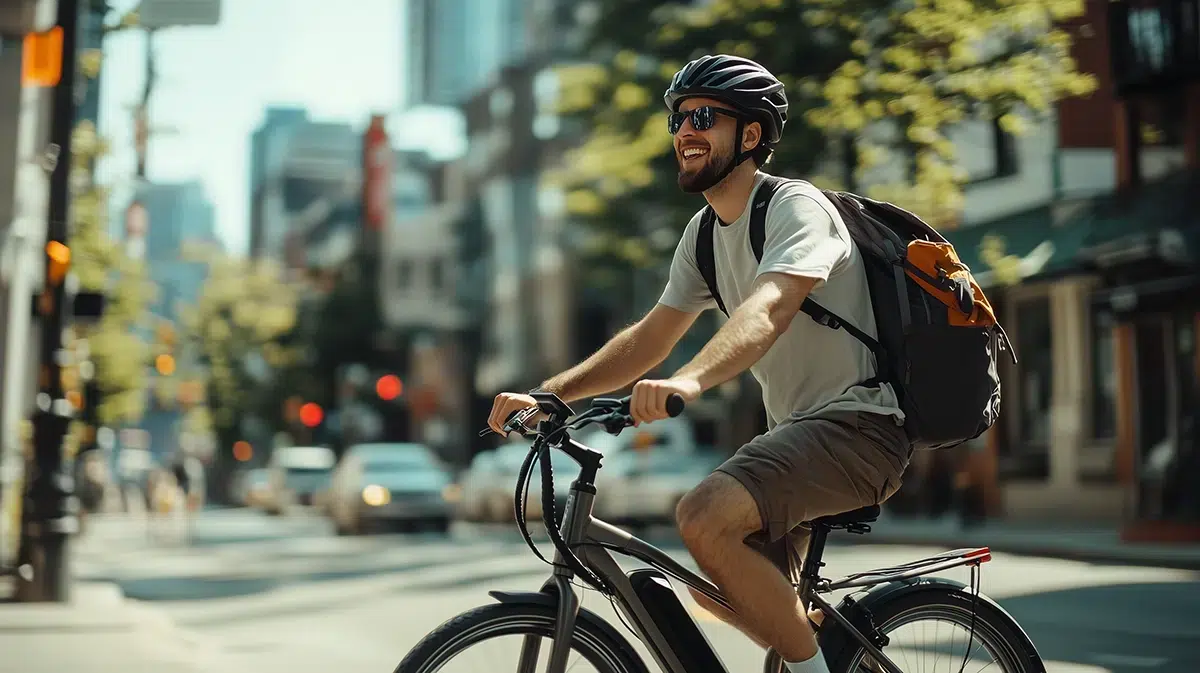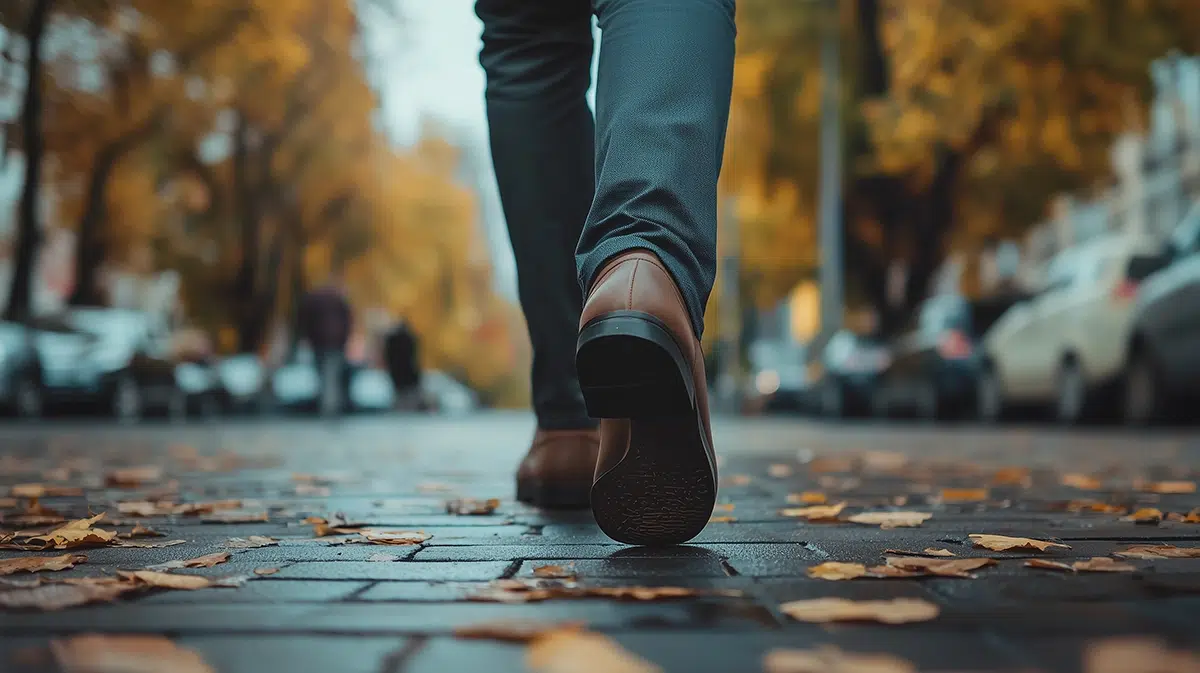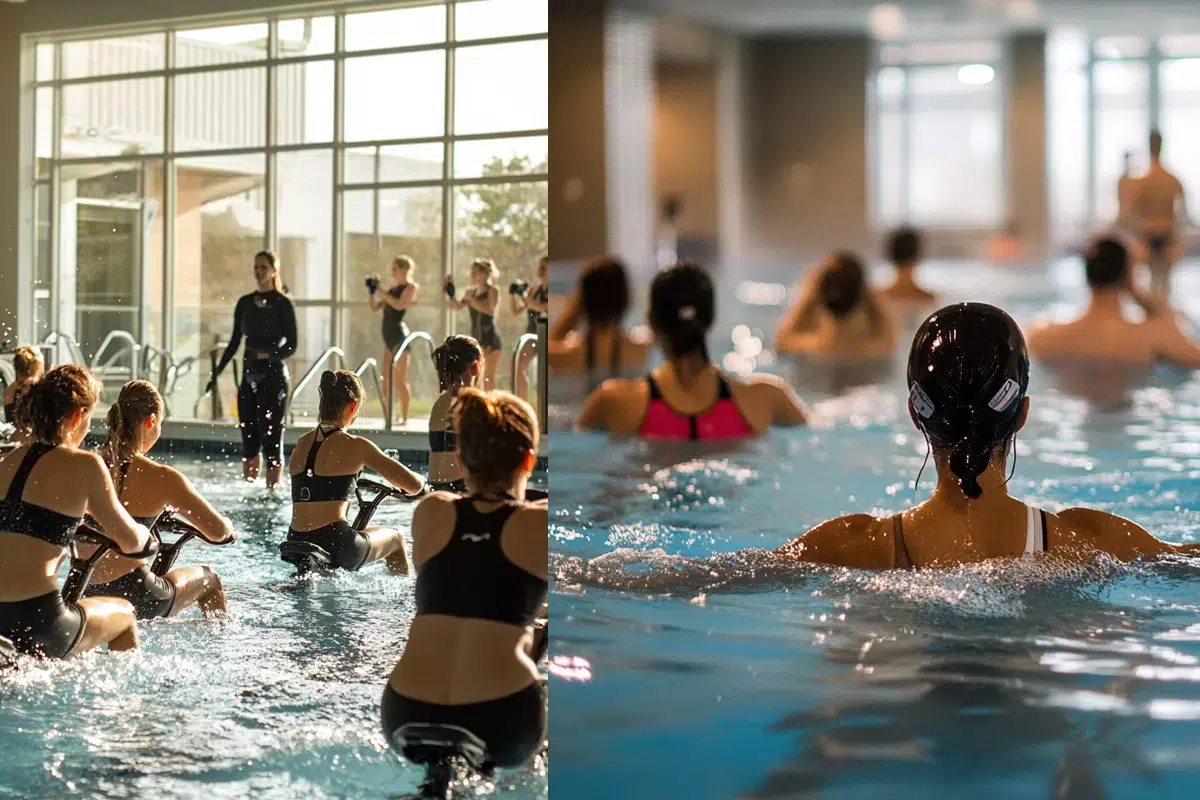Show summary Hide summary
- What are the health benefits of brisk walking or power walking?
- More information on brisk walking and sports walking
- TOP 5 benefits of brisk walking!
- What are the contraindications and disadvantages of brisk walking?
- What is brisk walking? Definition and practical advice!
- Other outdoor and nature sports: explore nature while staying active with outdoor sports
- Discover the health benefits of other sports!
What are the health benefits of brisk walking or power walking?
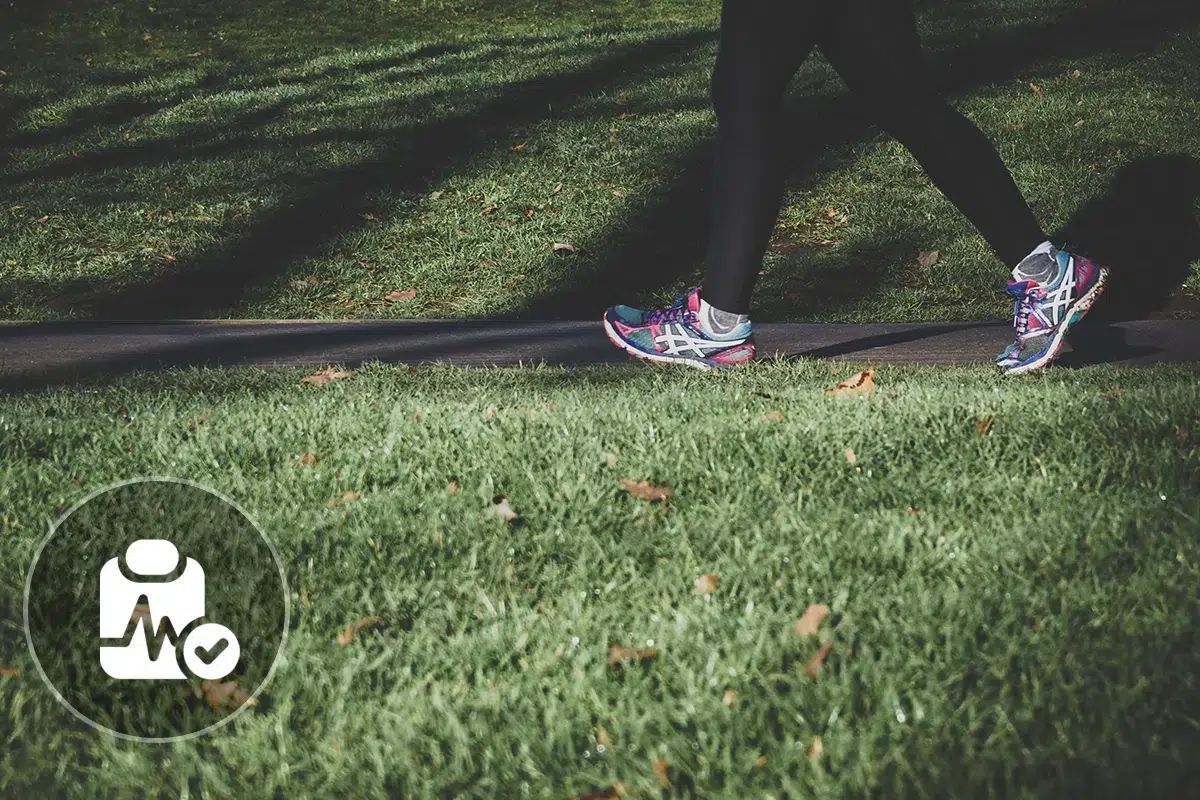
Everything you need to know about power walking
What are the health benefits of brisk walking or power walking? Use the tool below to find out all the benefits of brisk walking or power walking and discover whether this activity meets your goals and expectations.
More information on brisk walking and sports walking
Is brisk or power walking good for your health? Is it a good sport that’s accessible to everyone? Whether you’re a beginner or an experienced walker, you’ll find a list below of the benefits and problems you can expect to encounter from brisk walking.
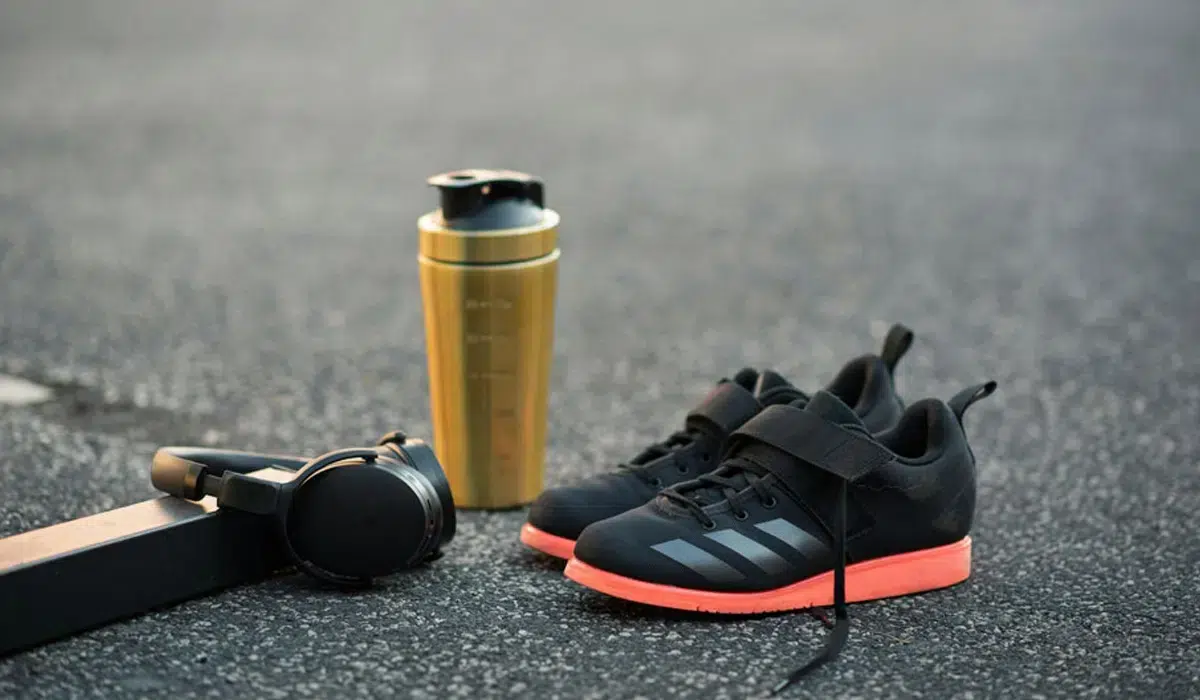
TOP 5 benefits of brisk walking!
Brisk walking is a natural activity with significant benefits. Regular brisk walking allows you to :
- Brisk walking gives you a gentle start to your physical activity
- Brisk walking works the heart, cardiovascular system and breathing
- Brisk walking protects your joints and relieves strain on your back
- Brisk walking helps to tone all the body‘s muscles harmoniously
- Brisk walking reduces stress and anxiety and improves sleep quality
What are the contraindications and disadvantages of brisk walking?
Unlike jogging, brisk walking is a gentle activity that is less prone to trauma and injury. So there are very few disadvantages to brisk walking. However, if you have problems with your joints or lower limbs (problems with your ankles, knees, hips, etc.), it is advisable to seek your doctor’s advice.
What is brisk walking? Definition and practical advice!
Who can do brisk or rhythmic walking?
Don’t like doing sport? Do you want to take it easy when you start up again? Or are you overweight?
Brisk walking, also known as active walking or power walking, is a gentle way of getting back into exercise, while avoiding intense effort and impact. A cross between ordinary walking and running, brisk, sports or active walking is distinguished by its more intense pace of over 6 km/h. Fast walking is accessible to everyone.
When and how should you practise active or fast walking?
Whether on your own or in a group, brisk walking is a real alternative for maintaining your figure and clearing your head in the fresh air, just like Nordic walking.
To make the most of this activity, bear in mind :
- keep a straight spine posture
- keep your shoulders and arms relaxed
- roll your feet naturally from heel to toe
- breathe naturally
- wear a good pair of comfortable, lightweight shoes that protect your heel and allow your foot to roll naturally.
Other outdoor and nature sports: explore nature while staying active with outdoor sports
Outdoor sports are perfect for those who enjoy combining physical activity with nature. They offer an excellent opportunity to discover new landscapes while improving your physical fitness. Explore these outdoor sports to enjoy the great outdoors while training:
- Hiking: Trek natural trails to strengthen your heart and muscles.
- Horse riding: Develop balance and connection with horses during a horseback ride.
- Mountain biking: Improve agility and endurance on varied terrain with mountain biking.
- Nordic walking: Strengthen your upper body while improving endurance with Nordic walking.
- Power walking: Burn calories and improve cardiovascular health with brisk walking.
- Running: Increase endurance and overall well-being with running.
Everything you need to know about power walking
Discover the health benefits of other sports!
All sports in detail!














































